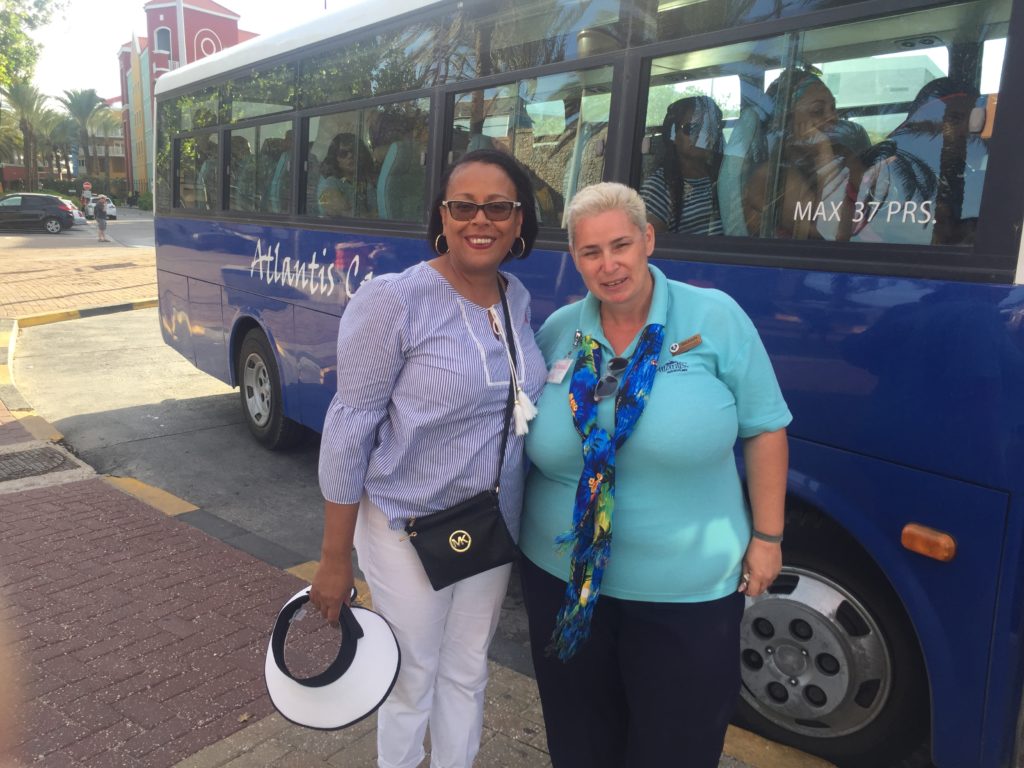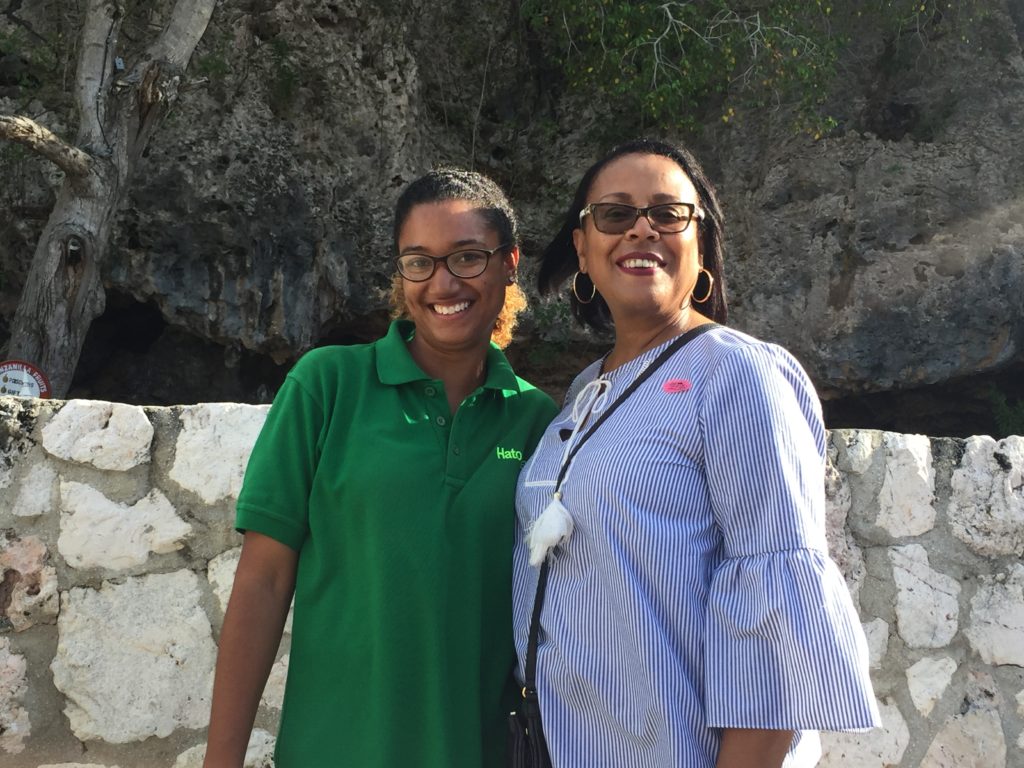[featured-image single_newwindow=”false”]
I love history! In fact, the first time I visit a new location, I always take a tour to learn the history. While I enjoy exploring new locations and their history, our children didn’t always share my fascination.
[callout]When our kids were young they would always complain because they wanted to spend their time having fun.[/callout]
During one of our vacations, my husband and I had the opportunity to visit the island of Curacao. Located in the southern Caribbean Sea, Curacao is a Lesser Antilles island. The island is about 40 miles off the coast of Venezuela and a constituent county of the Kingdom of the Netherlands.
While the name of the island is derived from a Portuguese word, there are several theories explaining how the island earned its name. One theory refers to the island’s healing powers on Portuguese sailors, who were suffering from scurvy. Another theory is the island was named after the Portuguese word for heart (coracao) because it was the center of trade industry.
Curacao’s original inhabitants were Arawak people, who migrated from the South America mainland. Local historians believe the Arawak’s were originally from the Amazon Basin. The first foreign visitors to Curacao were the Spanish in 1499, who enslaved the Arawak’s.
After the Eighty Years’ War, the Netherlands achieved independence from Spain and began to occupy Curacao. The Dutch established Curacao as the center of the Atlantic slave trade. Over the next 200 hundred years, the island was occupied by several nations seeking to increase their wealth and influence.
The discovery of oil on the island in 1914 shifted the island economy. Large oil producers partnered with the Dutch government to refine oil from South America. Although the refineries still operate today, they are no longer driving the island’s economic engine. Tourism, financial services, and alcohol have replaced oil.
During our visit, my husband and I toured the beautiful island. Our tour included a visit to a Blue Curacao liqueur factory. Our guide Micheala shared the history of the liqueur, which is flavored by the dried peel of the Laraha citrus fruit.

We also had the opportunity during our tour to visit one of the most prominent caves on the island, the Hato Cave. Our guide Nathaly was both informative and engaging. She expertly guided us through the cave while sharing the history throughout the ages.

While there was a 20-year age gap between Micheala and Nathaly, both shared a passion for adding value to others. Nathaly overcame her fear of bats, snakes, roaches, and rats to skillfully lead others through the Hato Cave. Micheala combined her love for Curacao and people to become an engaging tour guide.

According to Ekaterina Walter, your success as a leader will depend on the 3 P’s: passion, purpose, and people. One of my favorite quotes is:
[shareable cite=”Mark Twain”]The two most important days in your life are the day you are born and the day you find out why.”[/shareable]
Nathaly and Micheala both modeled the 3 Ps while leading our group.
How do you model the 3 Ps?
Your leadership guide,
Kim
Dr. Kim Moore | Your Leadership Guide | kimdmoore.com

0 comments